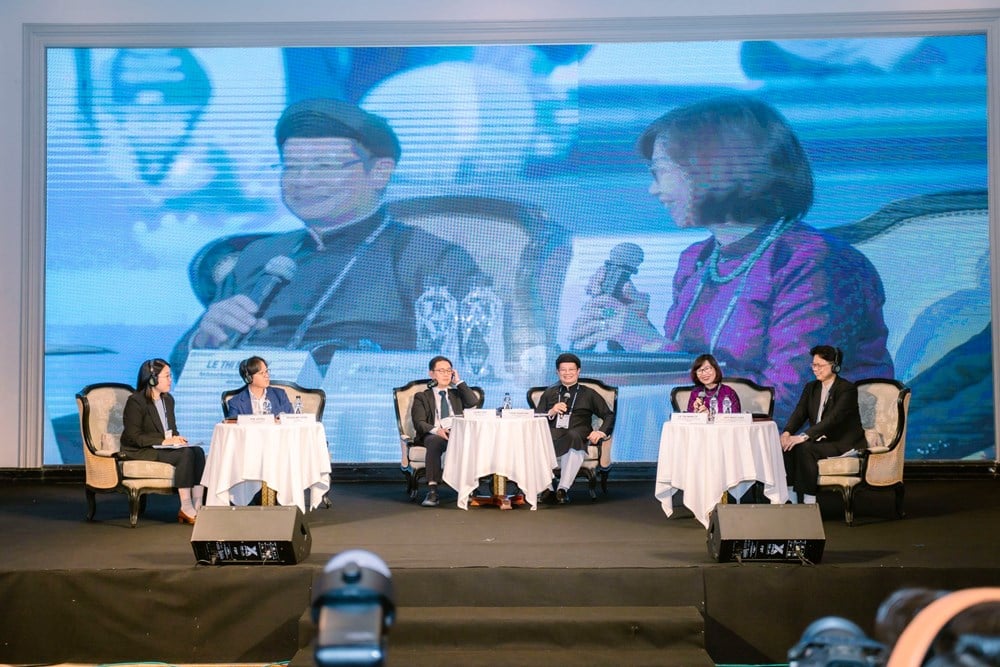
Within the framework of the 5th Conference of the Organization of World Heritage Cities in Asia and the Pacific (OWHC-AP), many issues on preserving and promoting cultural heritage values were discussed.
Many heritage cities face many challenges.
Tourism development in heritage cities has been creating negative impacts, affecting the landscape environment, the quality of life of local residents and sustainable development in that area.
Mr. Hwal Lim, representative of Gyeongju City (Korea) shared about the challenges and conflicts between preserving cultural heritage and the need to improve the quality of life of people in heritage areas, including the ancient village of Yangdong in this city. It can be cited that the preservation of traditional houses, such as the requirement to keep the terracotta roofs, has caused many inconveniences for people such as water leakage, insect infestation and having to replace the roof every year. In addition, developing tourism based on heritage has also led to problems such as increased waste and damage to facilities. Balancing heritage preservation and meeting the needs of urban development and promoting tourism remains a major challenge in many cities in the Asia- Pacific region.
According to Mr. Hwal Lim, heritage should be viewed not only as a tourism resource, but also as an asset associated with the identity and future of the city. However, finding a practical solution to maintain this balance is still a difficult problem. Meanwhile, a representative from Vigan City (Philippines) also informed that strict regulations on conservation also cause difficulties for the city's development such as lack of parking, limited urban traffic space, and young people's lack of interest in traditional culture. Regulations on curfew hours and the scale and height of buildings also make investors uninterested...
In Hue City, where many world heritage sites have been recognized by UNESCO, many challenges have also been faced. Mr. Hoang Viet Trung, Director of the Hue Monuments Conservation Center, said the conflict between the need to preserve heritage and the need for economic and urban development is also a difficult problem. Many relics have been degraded and damaged, requiring large resources for restoration, but funding mainly comes from the budget. Some legal regulations are still overlapping, directly affecting the livelihoods of people...
Mr. Pham Phu Ngoc, Deputy Director of Hoi An Cultural Heritage Conservation Center, said that after more than 25 years of being recognized as a world cultural heritage, that "brand" has brought Hoi An a lot of benefits such as benefits for the people, development of the ancient town and surrounding areas. However, the excessive development of tourism has also given rise to many problems: Impact on urban planning such as traffic jams, waste, excessive noise, expensive food... Not only in Hoi An but also in many other heritage cities, the excessive development of tourism has caused intangible heritage values and local lifestyles to be easily lost to "make room" for tourism activities. This is also gnawing at the architectural values of heritage cities.
According to Mr. Mikhael De Thyse, Secretary General of the World Heritage Cities Organization (OWHC), in 2022, the conference after the Covid-19 pandemic, OWHC members shared the challenges and crises affecting heritage cities to find solutions and directions for heritage cities together. It can be seen that OWHC members have been facing similar challenges. The New Urban Project (NUP) of OWHC was initiated with the expectation of orienting solutions for member heritage cities to develop sustainably in association with the community. The project is built on the strong belief that historic centers are not open-air museums but "laboratories" for urban innovation, places of life and creativity.
Heritage should be considered as a “living resource” that can be transformed between cities. OWHC members are also promoting urban diplomacy based on the values of solidarity and wisdom of each region. Participating cities can further enrich themselves, designing New Urban projects for their own cities.
What to do to improve sustainability?
At the conference, many domestic and international experts shared many perspectives and experiences to improve the sustainability and livability of heritage cities in the Asia-Pacific region. Prof. Dr. Jae Mo Cho, Kyungpook National University (Korea), a member of ICOMOS, said that heritage conservation is not about recreating the past or rebuilding a completely new city, but about respecting the underlying historical layers and appropriately adding new layers of time. Each moment has its own meaning in the urban evolution, which is the core of sustainable development for world heritage cities.
To achieve a balance between conservation and sustainable development, according to Associate Professor Ji Hong Kim, Hanyang University (Korea), there needs to be a comprehensive policy review for both heritage and the surrounding environment, emphasizing the role of heritage managers.
Citing specific examples from Korea, Associate Professor Ji Hong Kim said: Conservation and development are not mutually exclusive, but must be reconciled by balanced policies and the intermediary role of heritage managers. It is necessary to shift from a “top-down” model to a “bottom-up” model and increase the active participation of the community. Managers must maintain active communication with residents and create practical, sustainable benefits for them. Heritage is only truly “alive” when people share values and become the subject of the conservation process.
Dr. Le Thi Minh Ly, Vice President of the Vietnam Cultural Heritage Association, affirmed that: Vietnam's 2024 Cultural Heritage Law is a legal turning point to protect heritage cities. The 2024 Cultural Heritage Law is a comprehensive change, based on more than 20 years of practice and closely following four UNESCO conventions that Vietnam has joined.
The law has many new points, notably the chapter “Conditions for ensuring activities to protect and promote cultural heritage”, reflecting the mindset of sustainable development and encouraging creativity based on heritage. Many contents of this law emphasize the role of the community, creative subjects and practitioners, affirming the ownership, responsibility and vitality of heritage. According to Dr. Le Thi Minh Ly, Hue is considered an ideal model for applying the law into practice, contributing to the creation of a dynamic, creative and livable heritage city in the new era.
Sharing about the strategy for sustainable heritage conservation and improving livability in Hue, a typical heritage city of Vietnam, Dr. Phan Thanh Hai, Director of the Department of Culture, Sports and Tourism of Hue City, said: Hue is aiming for the model of "Green - Smart Heritage City" by implementing integrated planning solutions linking living space heritage and nature; applying GIS, 3D, AI in managing and monitoring relics; developing heritage economy, promoting cultural and creative industries; taking the community as the center, enhancing heritage education and communication; expanding international cooperation with regional heritage cities...
Source: https://baovanhoa.vn/van-hoa/nguoi-dan-duoc-chia-se-gia-tri-va-chu-the-cua-qua-trinh-bao-ton-175300.html



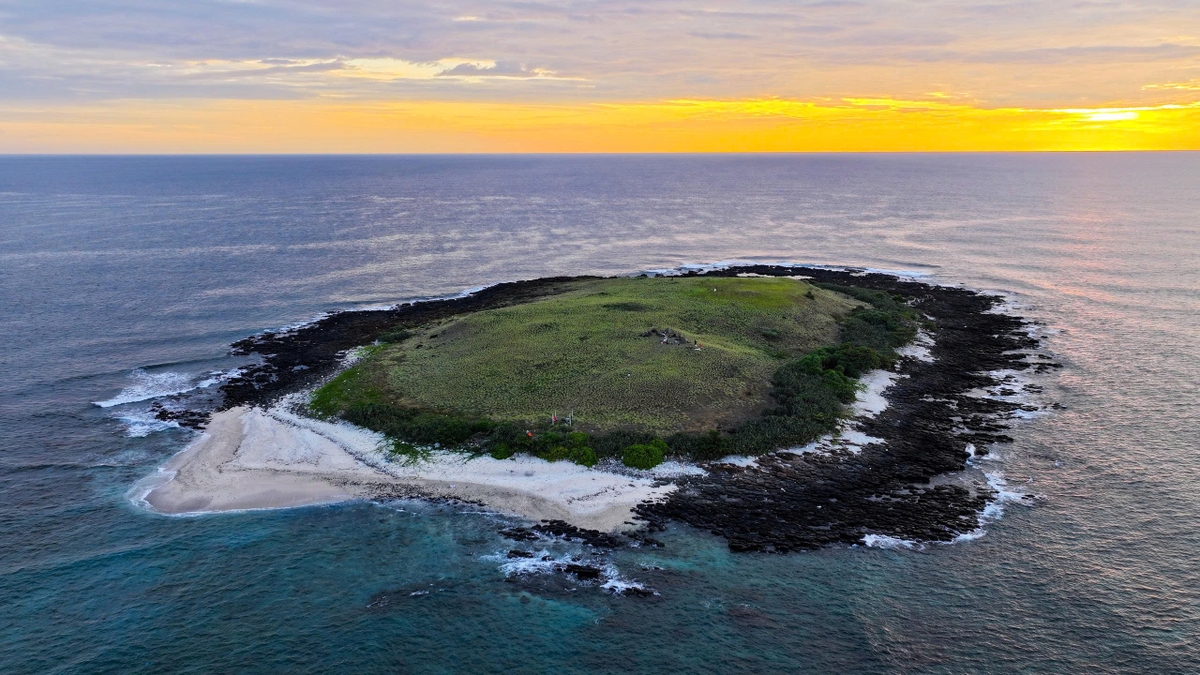
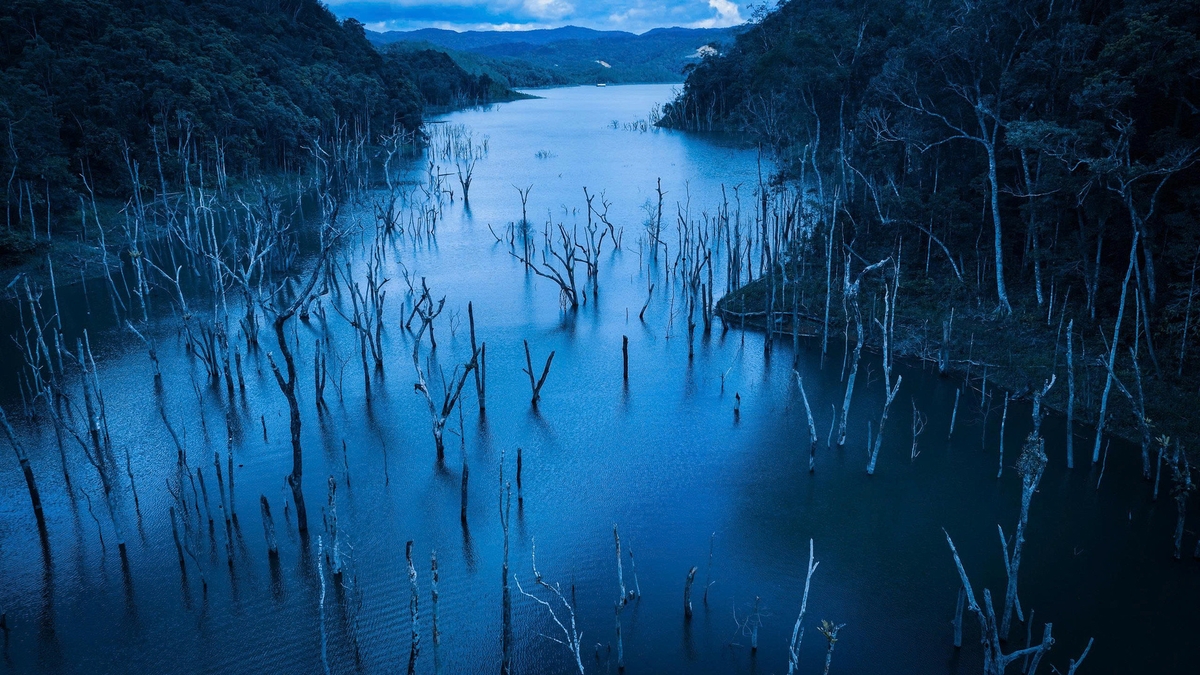





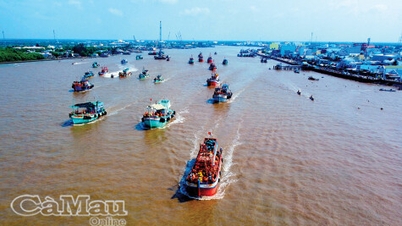

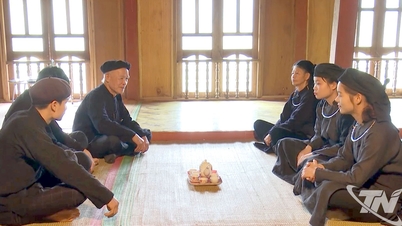

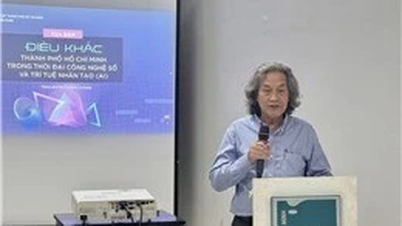

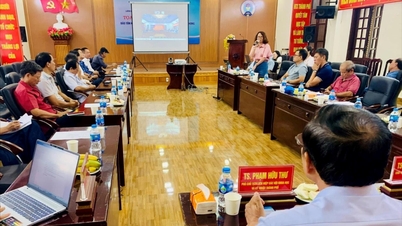



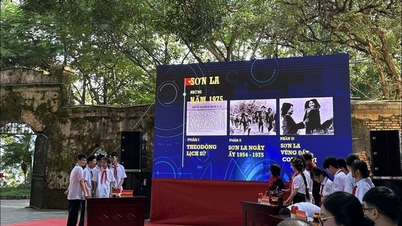
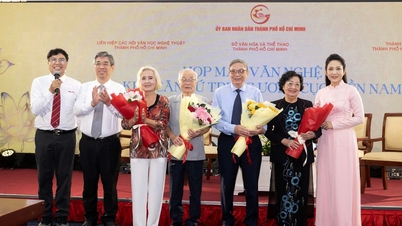




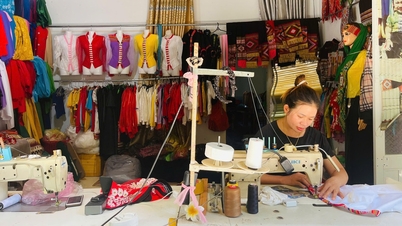
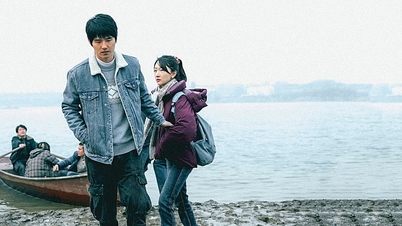





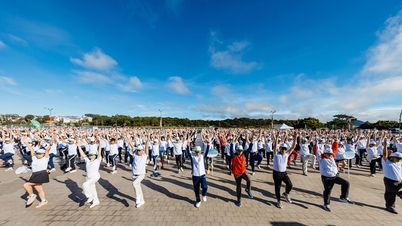
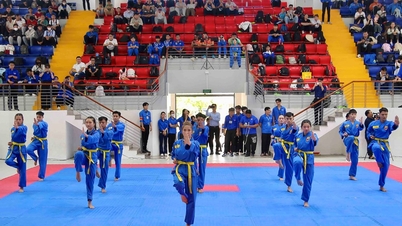
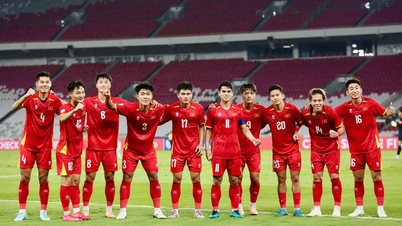



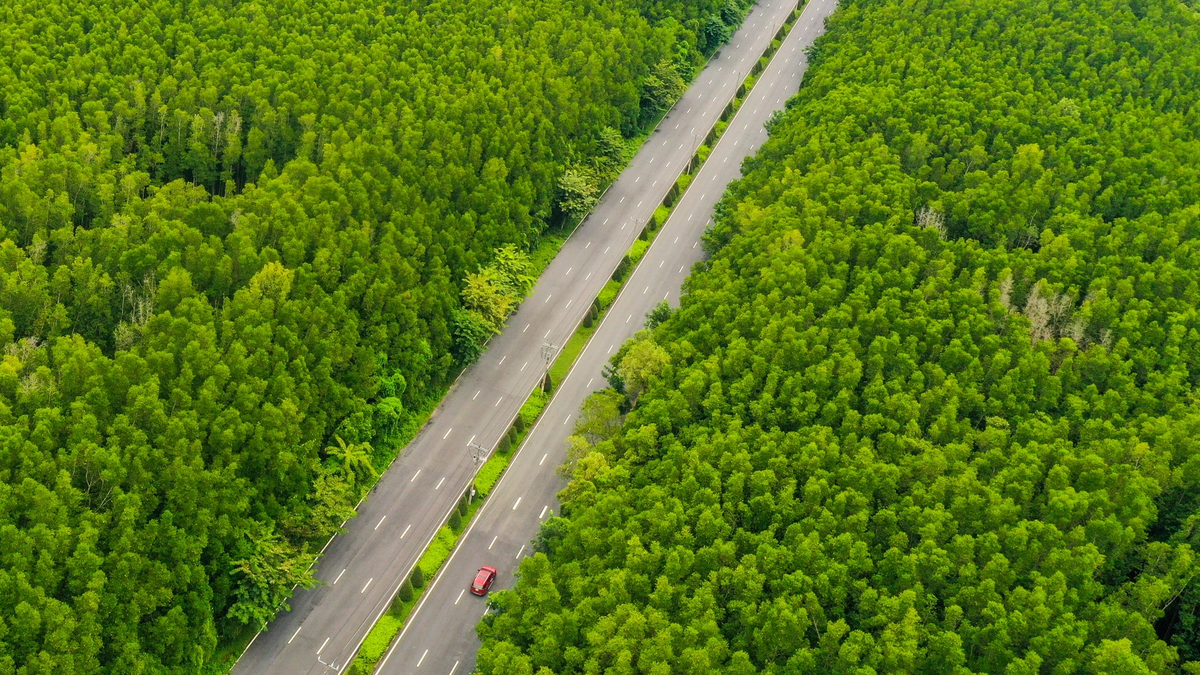
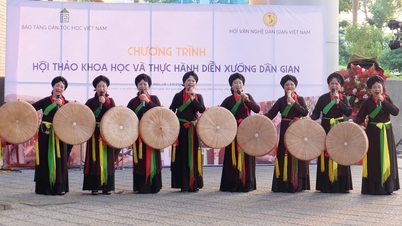


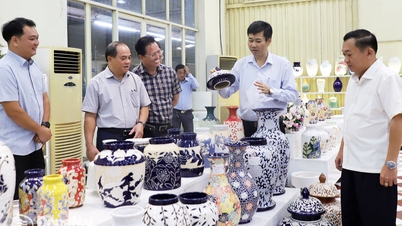









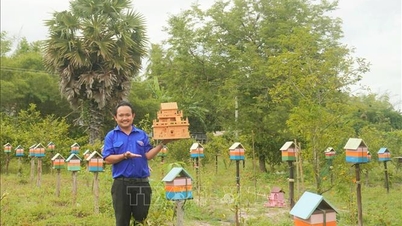







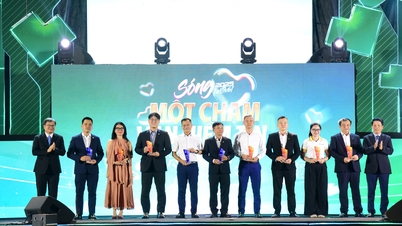












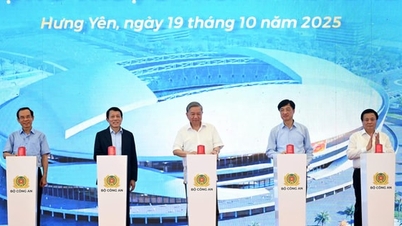

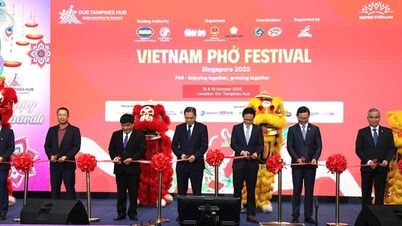
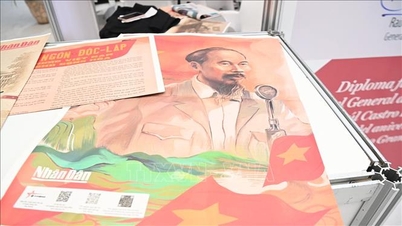
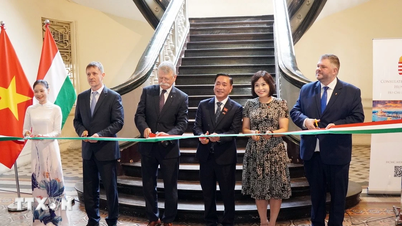

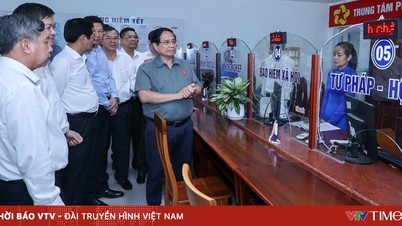


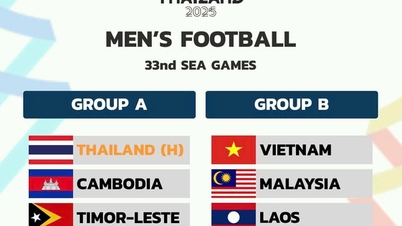

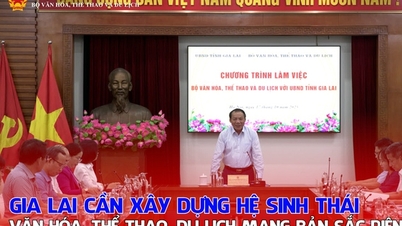
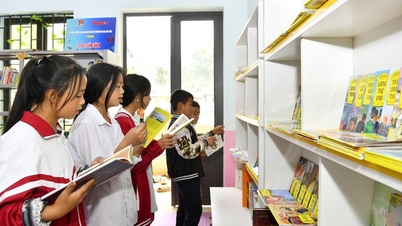

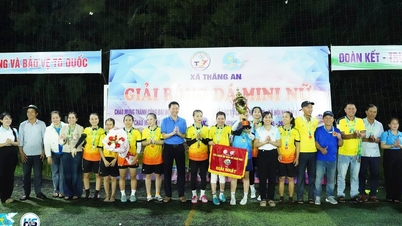
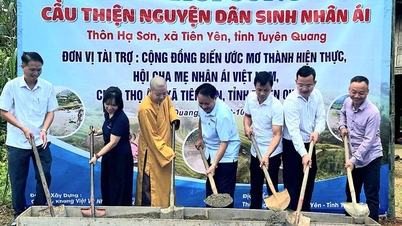

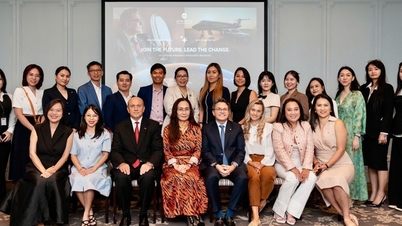
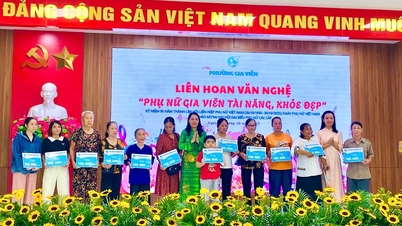
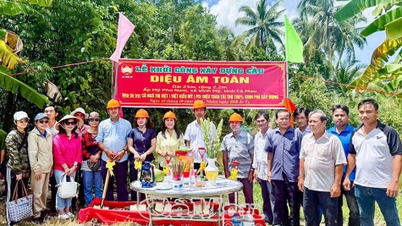
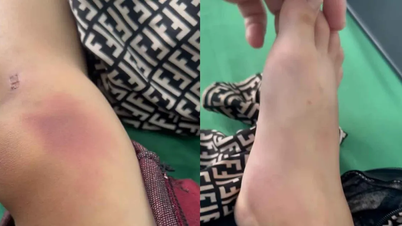














Comment (0)